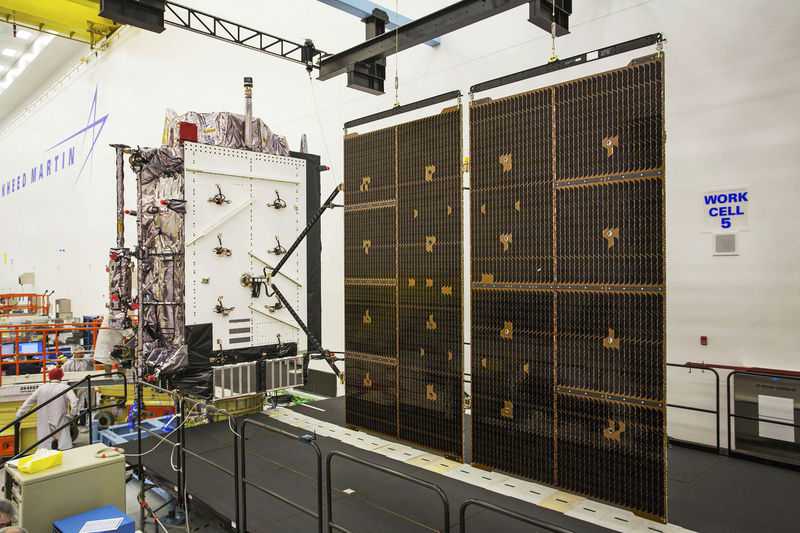Next generation of GPS satellites are headed to space
18 December, 2018

After months of delays, the U.S. Air Force is about to launch the first of a new generation of GPS satellites, designed to be more accurate, secure and versatile.
But some of their most highly touted features will not be fully available until 2022 or later because of problems in a companion program to develop a new ground control system for the satellites, government auditors said.
The satellite is scheduled to lift off Tuesday from Cape Canaveral, Fla., aboard a SpaceX Falcon 9 rocket. It’s the first of 32 planned GPS III satellites that will replace older ones now in orbit. Lockheed Martin is building the new satellites outside Denver.
GPS is best-known for its widespread civilian applications, from navigation to time-stamping bank transactions. The Air Force estimates that 4 billion people worldwide use the system.
But it was developed by the U.S. military, which still designs, launches and operates the system. The Air Force controls a constellation of 31 GPS satellites from a high-security complex at Schriever Air Force Base outside Colorado Springs.
Compared with their predecessors, GPS III satellites will have a stronger military signal that’s harder to jam — an improvement that became more urgent after Norway accused Russia of disrupting GPS signals during a NATO military exercise this fall.
GPS III also will provide a new civilian signal compatible with other countries’ navigation satellites, such as the European Union’s Galileo system. That means civilian receivers capable of receiving the new signal will have more satellites to lock in on, improving accuracy.
“If your phone is looking for satellites, the more it can see, the more it can know where it is,” said Chip Eschenfelder, a Lockheed Martin spokesman.
The new satellites are expected to provide location information that’s three times more accurate than the current satellites.
Current civilian GPS receivers are accurate to within 3 to 10 meters, depending on conditions, said Glen Gibbons, the founder and former editor of Inside GNSS, a website and magazine that tracks global navigation satellite systems.
With the new satellites, civilian receivers could be accurate to within 3 to 10 feet (1 to 3 meters) under good conditions, and military receivers could be a little closer, he said.
Only some aspects of the stronger, jamming-resistant military signal will be available until a new and complex ground control system is available, and that is not expected until 2022 or 2023, said Cristina Chaplain, who tracks GPS and other programs for the Government Accountability Office.
Chaplain said the new civilian frequency won’t be available at all until the new control system is ready.
The price of the first 10 satellites is estimated at $577 million each, up about 6 percent from the original 2008 estimate when adjusted for inflation, Chaplain said.
TAG(s):
